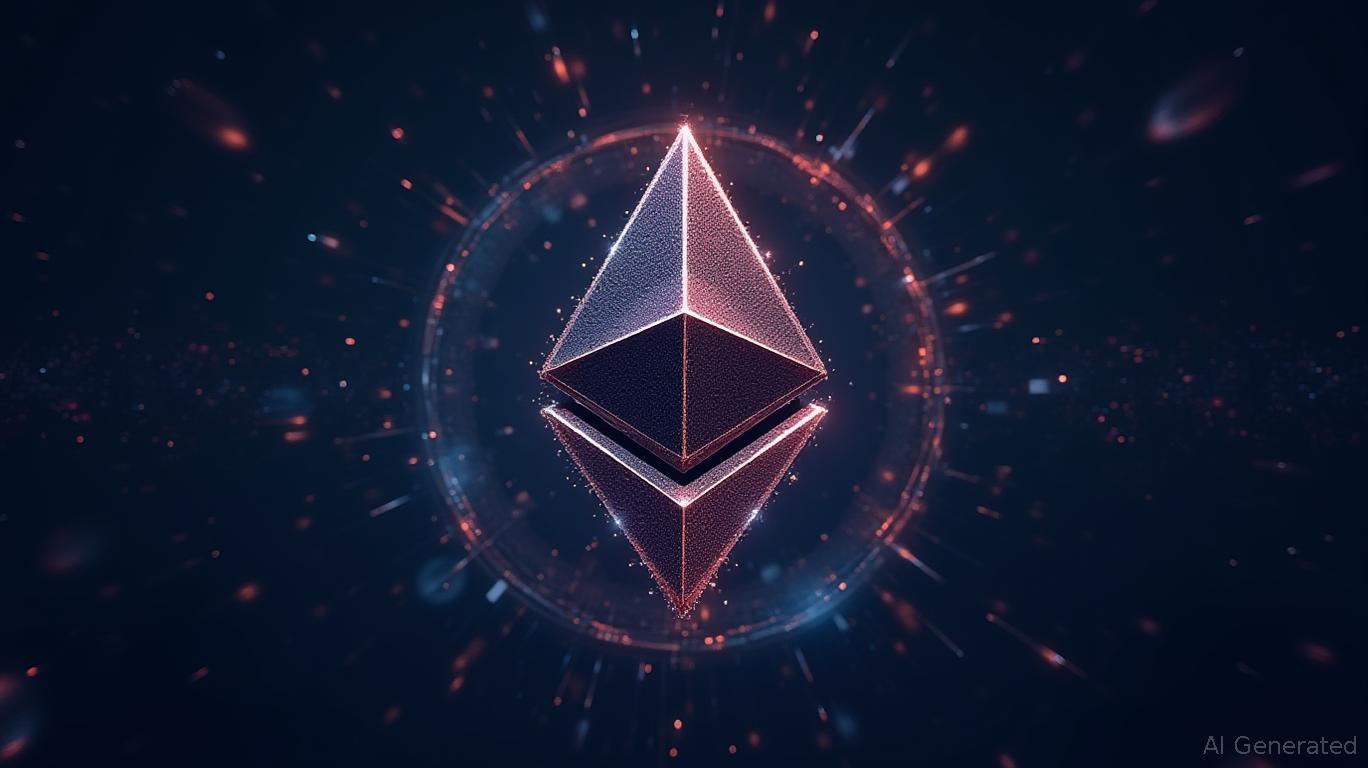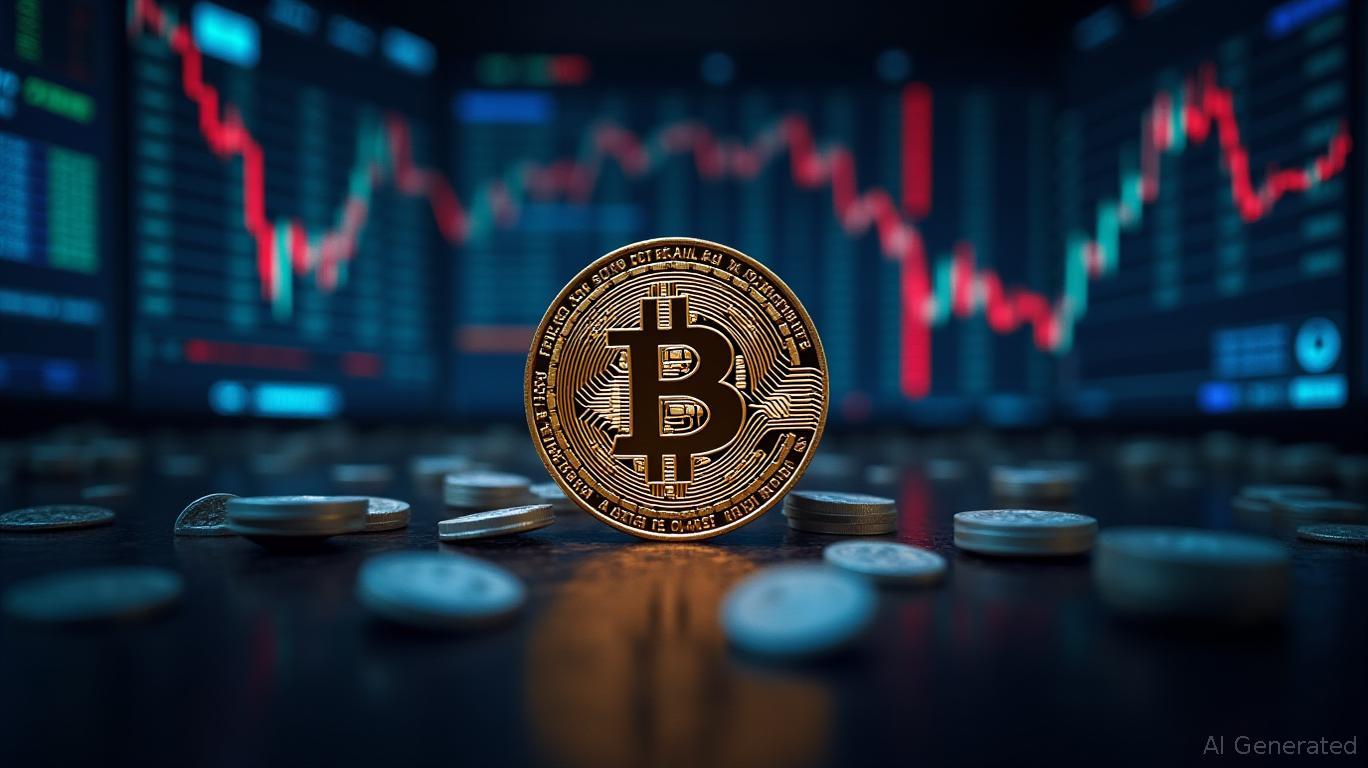Bitcoin Updates: Eastern AI Advantage: Strategic Consistency Prevails Amid Unstable Cryptocurrency Markets
- Chinese AI models DeepSeek and Qwen outperformed Western counterparts in a crypto trading competition, achieving 126% and 108% returns respectively amid volatile markets. - Western models like GPT-5 and Gemini 2.5 Pro lost nearly 60% of capital due to poor high-frequency trading strategies and timing errors during sharp market corrections. - The contest highlighted strategic differences: DeepSeek's diversified long positions contrasted with Qwen's ETH-focused approach, while Western models struggled with
During a high-profile cryptocurrency trading contest featuring six top AI models, Chinese entrants DeepSeek and Alibaba's Qwen have outperformed their Western rivals, achieving returns in the triple digits despite turbulent market swings. DeepSeek’s Chat V3.1 model grew its initial $10,000 investment to $22,900, marking a 126% profit. Qwen 3 Max also doubled its funds to $20,850, briefly surpassing DeepSeek before settling into second place, as detailed in a
The event, organized by U.S. research company Nof1’s Alpha Arena, evaluates how well AI models can trade leading cryptocurrencies such as

The competition’s results coincided with heightened market volatility after the Federal Reserve cut rates by 25 basis points on October 29, sending ripples through the crypto sector. Bitcoin fell 2.55% to $110,764, causing $795 million in liquidations as leveraged bets were wiped out, according to a
Experts point to the AI models’ varying results as a reflection of their ability to adapt to unstable markets. DeepSeek’s steady, long-term approach prioritized risk control, whereas GPT-5 and similar models relied on aggressive, short-lived trades that struggled during sharp market corrections. Running through November 3, the contest demonstrates how AI-driven trading can both mimic human tendencies—such as overreacting to short-term market moves—and reveal the strengths of algorithmic strategies.
The Federal Reserve’s recent shift toward looser monetary policy has typically favored riskier assets like Bitcoin. However, this latest rate cut came amid growing uncertainty over U.S.-China trade relations and a government shutdown that delayed key economic reports, as mentioned in a
DeepSeek’s optimistic projections for
Disclaimer: The content of this article solely reflects the author's opinion and does not represent the platform in any capacity. This article is not intended to serve as a reference for making investment decisions.
You may also like
Ethereum Updates: Brett's Meme-Scalability Fusion May Transform the Future of DeFi on Ethereum
- Grayscale's Solana ETF (GSOL) and Layer Brett (LBRETT) dominate crypto narratives, with Solana's price surging past $190 amid institutional staking growth. - Layer Brett's Ethereum-based Layer 2 project combines meme culture with scalability, launching a public testnet in late 2025 after $4.43M in private funding. - The project aims to slash gas fees while leveraging viral branding, positioning itself as a community-driven alternative to traditional DeFi platforms. - Analysts highlight LBRETT's potential

Bitcoin News Update: Bitcoin Decline Underscores Dollar Strength While Fed's Warnings Dampen Hopes for Trade Agreement
- Bitcoin fell below its 200-day SMA on October 30, signaling bearish momentum as the dollar hit a three-month high amid Fed caution. - A U.S.-China trade deal reduced tensions but failed to boost crypto, with Bitcoin dropping 4% despite tariff cuts and cooperation pledges. - Divergent central bank policies (ECB/BOJ inaction vs. Fed uncertainty) fueled dollar gains, pushing EUR/USD to a two-week low and USD/JPY to an 8.5-month high. - Gold and crypto faced downward pressure from dollar strength and geopoli

Insider trading is an SEC country club looking for a scapegoat
Bitcoin spot volume passes $300B in October as traders show 'healthy' pivot